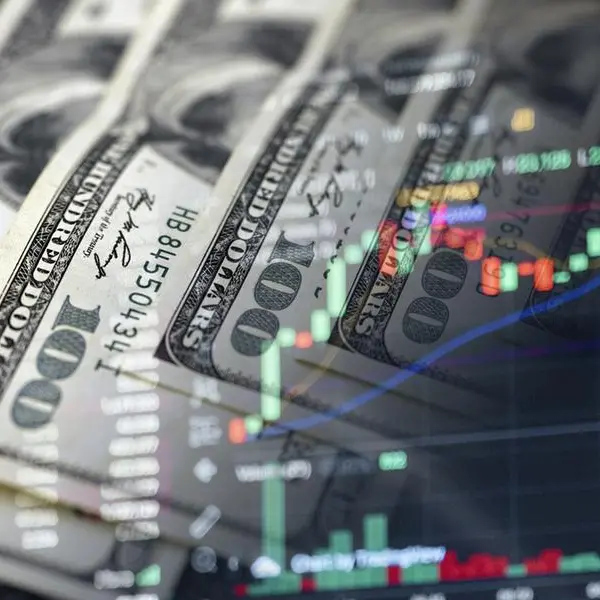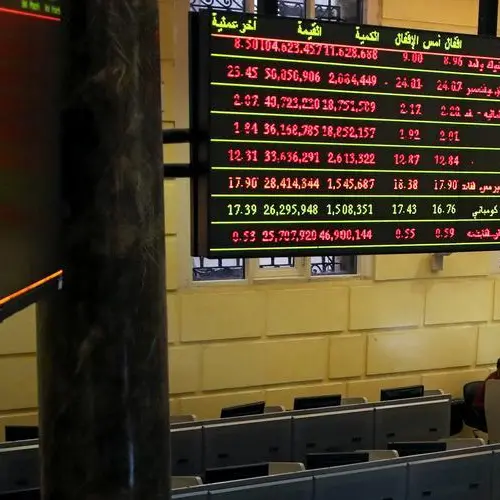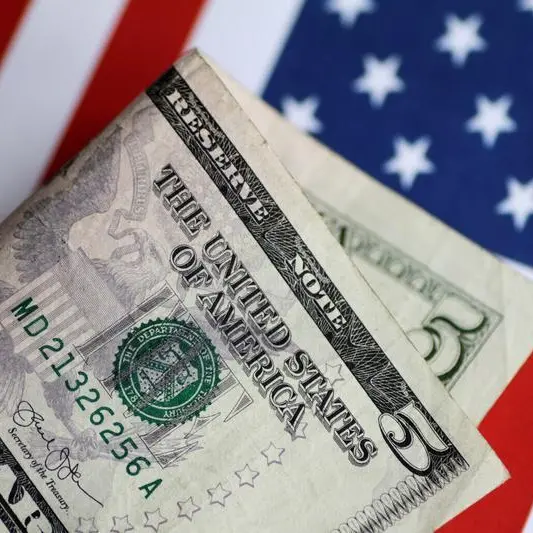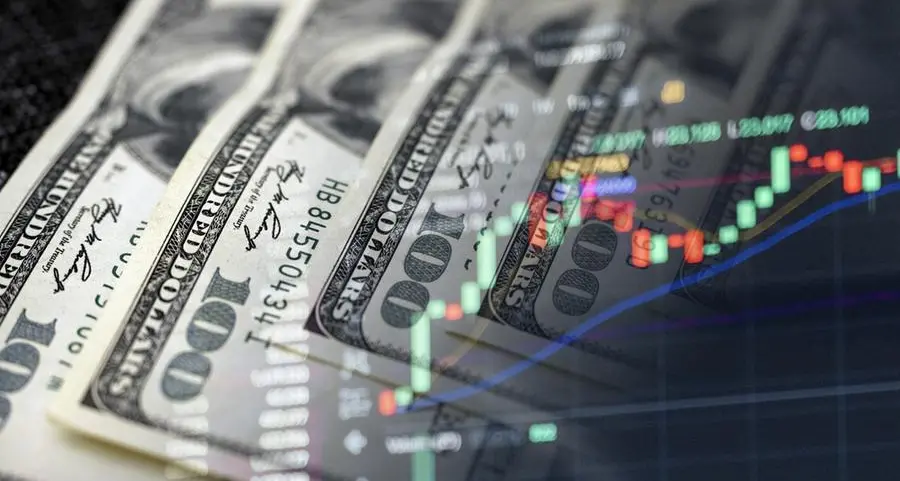PHOTO
NEW YORK - Holders of U.S. Treasury securities are getting a stern lesson in supply and demand. For years the Federal Reserve’s massive bond buying has distorted markets and forced investors to take on greater risk in search of returns. It served as the rocket fuel for the stock market’s quadrupling since 2009, as measured by the S&P 500, and explained why most hedge funds and high-priced asset managers failed to beat the market. Those conditions may be about to reverse.
With tax cuts by President Donald Trump's administration putting the U.S. budget deficit on track to hit $1 trillion next year, Steven Mnuchin’s Treasury plans to borrow $770 billion in the second half of 2018, a more than 60 percent increase from the same period last year. Meanwhile, the central bank will increase the pace at which it shrinks its holdings of Treasury and federal agency bonds by a quarter in October, to $50 billion a month.
The net impact is dramatic. BlackRock estimates that the net supply of Treasury securities will more than double this year, to over $900 billion, and rise to nearly $1.2 trillion in 2019. The market hasn’t had to digest that much government debt since 2010. Already, the yield on 10-year debt has hit a seven-year high.
Rising rates can coincide with a strong economy, which is essentially how Chairman Jerome Powell justified the Fed’s latest tightening move last week. The government reported Friday that the unemployment rate fell two-tenths of a percentage point in September, to 3.7 percent, while wage pressure remained subdued.
But rising borrowing costs may be starting to weigh on consumers. JPMorgan is laying off 400 people in its mortgage division because of slowing loan demand, the Wall Street Journal reported on Friday. The average rate on a 30-year mortgage has climbed by three-quarters of a point this year to just over 4.7 percent, according to Freddie Mac. Corporate borrowers will feel the shift too: lower-rated companies increasingly rely on floating-rate leveraged loans rather than fixed-rate high-yield bonds. It adds up to a growing headwind for the U.S. economy.
CONTEXT NEWS
- The Department of Labor reported on Oct. 5 that the U.S. economy added 134,000 nonfarm jobs in September and the unemployment rate fell by 0.2 percentage points to 3.7 percent.
- Previous job tallies for August and July were revised upward by a total of 87,000 positions. Average hourly earnings rose to $27.24 in the latest month, up 2.8 percent from the same period a year earlier.
- In morning trading on Oct. 5, the yield on the U.S. Treasury’s benchmark 10-year bond was just over 3.2 percent, up two-hundredths of a percentage point and at its highest level in seven years.
(Editing by xxx and Martin Langfield)
© Reuters News 2018












